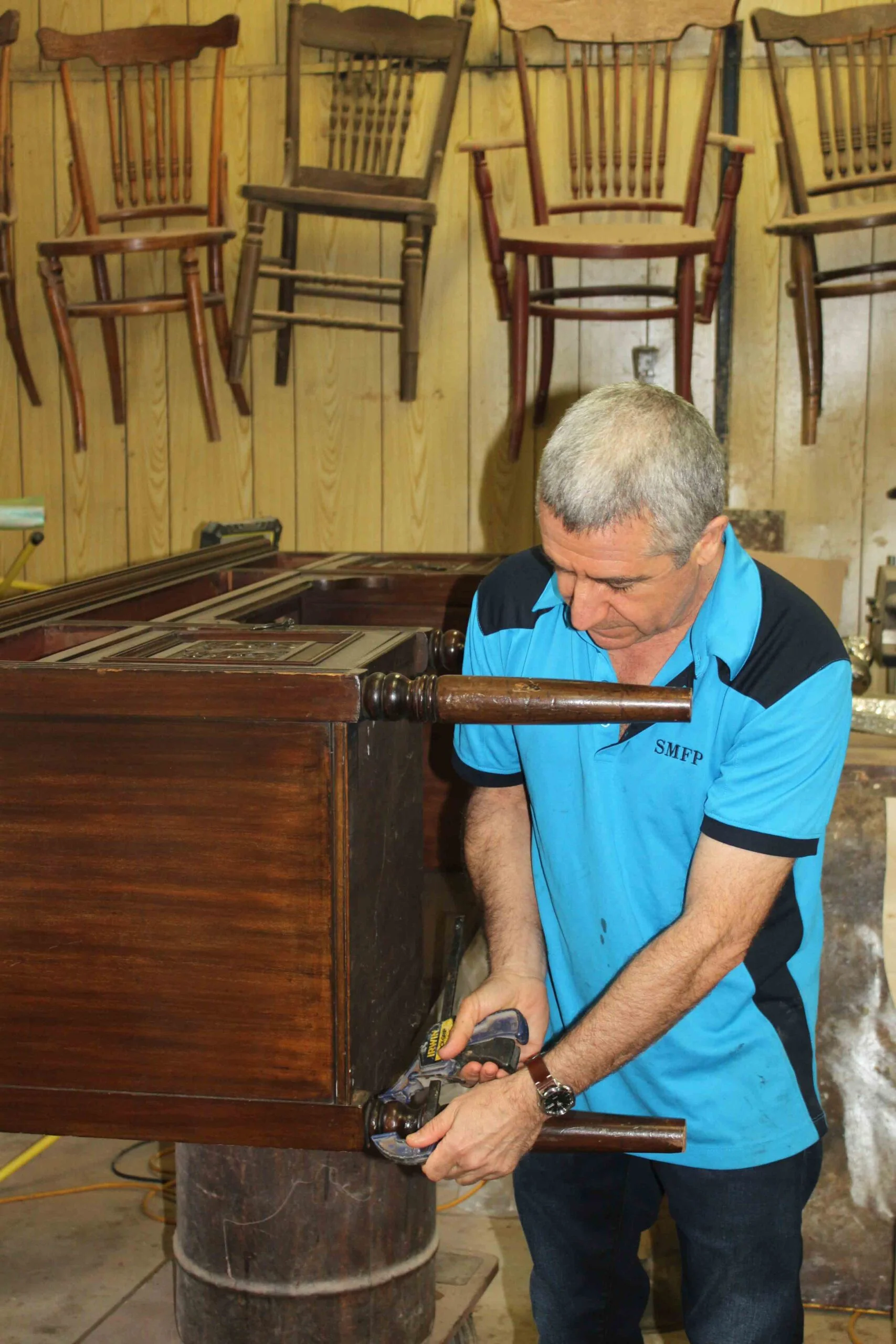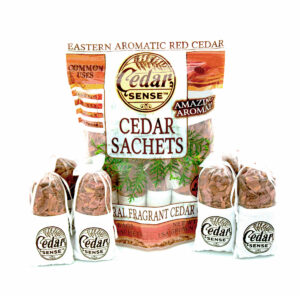If you are planning to renovate your garage floor with epoxy or polyaspartic paint, there are a few things to know to avoid problems later.
Moisture In Concrete
Concrete mixed with water is a clear explanation, but what happens during the repair process? Water mixed with ash, sand, aggregates and water causes a chemical reaction that turns the mixture into a hard substance. A healing cycle called hydration is part of the chemical process. Excessive moisture will drive it up and leave a mark. As moisture reaches the surface, the concrete hardens and the channel that remains behind the water is an air hole or vein. The moisture pressure will push upwards as these pores reach the surface.
There are two types of pressure that can cause coating problems. There is capillary and hydrostatic pressure. Hydrostatic pressure occurs when the concrete is of lower quality. Low humidity creates an intense pressure that is pushed upwards through small air holes in the concrete. As he pushes up, he pushes up the salts. Capillary pressure has the same result with low pressure. In both cases, moisture and salts can cause the layers to chip and delaminate.
Check The Humidity On The Plate
The easiest way is to place the plastic in some places on the Flake System Epoxy Flooring in Waterloo. You can also place heavy rubber mats on the floor. If condensation appears on the soil after 24-48 hours, you have a moisture problem. It is possible to obtain different values at different times of the year. In colder climates, there is little moisture in winter or early spring, which can increase with thawing. If your concrete is above the quality level, there is a basement below it, which is probably a bit like moisture. Choose in the cover
Epoxy and polyaspartic are available as polyurea products for Preparing Concrete Floors for Epoxy Coating Ontario. Whatever you choose to prepare your face is the most important first step. For best results, sheds should be filled with polyurea filler. Polyureas can be diluted to completely fill the crack at the bottom. Your concrete is probably about 4 inches thick. The crack goes through everything. Filling the crack to the bottom with a filler that hardens to a low degree, absorbs the crack walls and prevents the moisture vapor from moving upward. There are also some heavy epoxies that are used for waterproofing, which is a very good alternative.
The next step is to etch, blast or grind the surface to ensure a larger area or open pores in the concrete. Acid gel engraving is a simple and effective way of profiling concrete with blasting-like results. Blasting is the process of firing thousands of small ball bearings to a surface. During each process, the surface will feel like 100 grit sandpaper. This is an epoxy coating process.


